Forschung
Investigation of proteins and signaling pathways in diapausing and non-diapausing pupae of Pieris napi
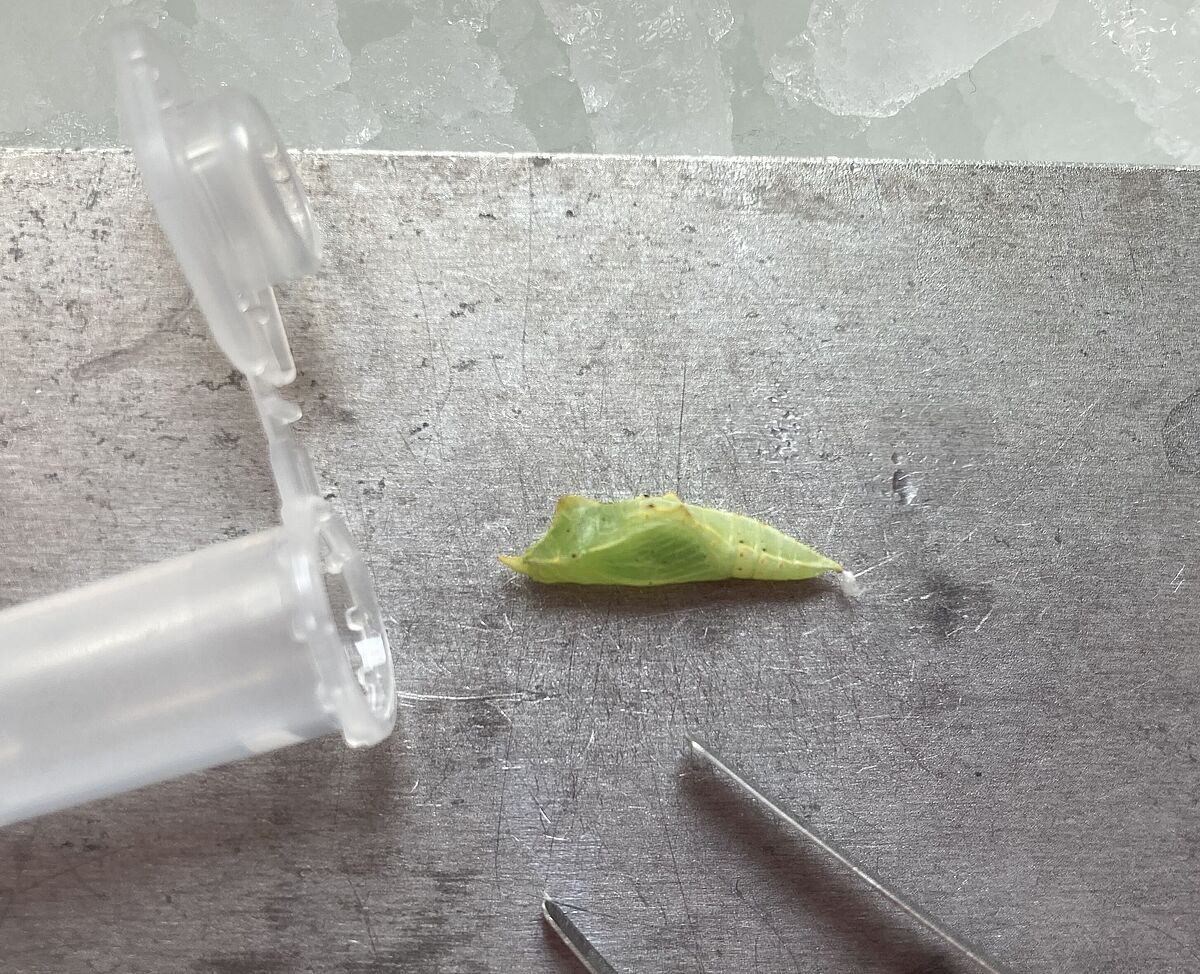
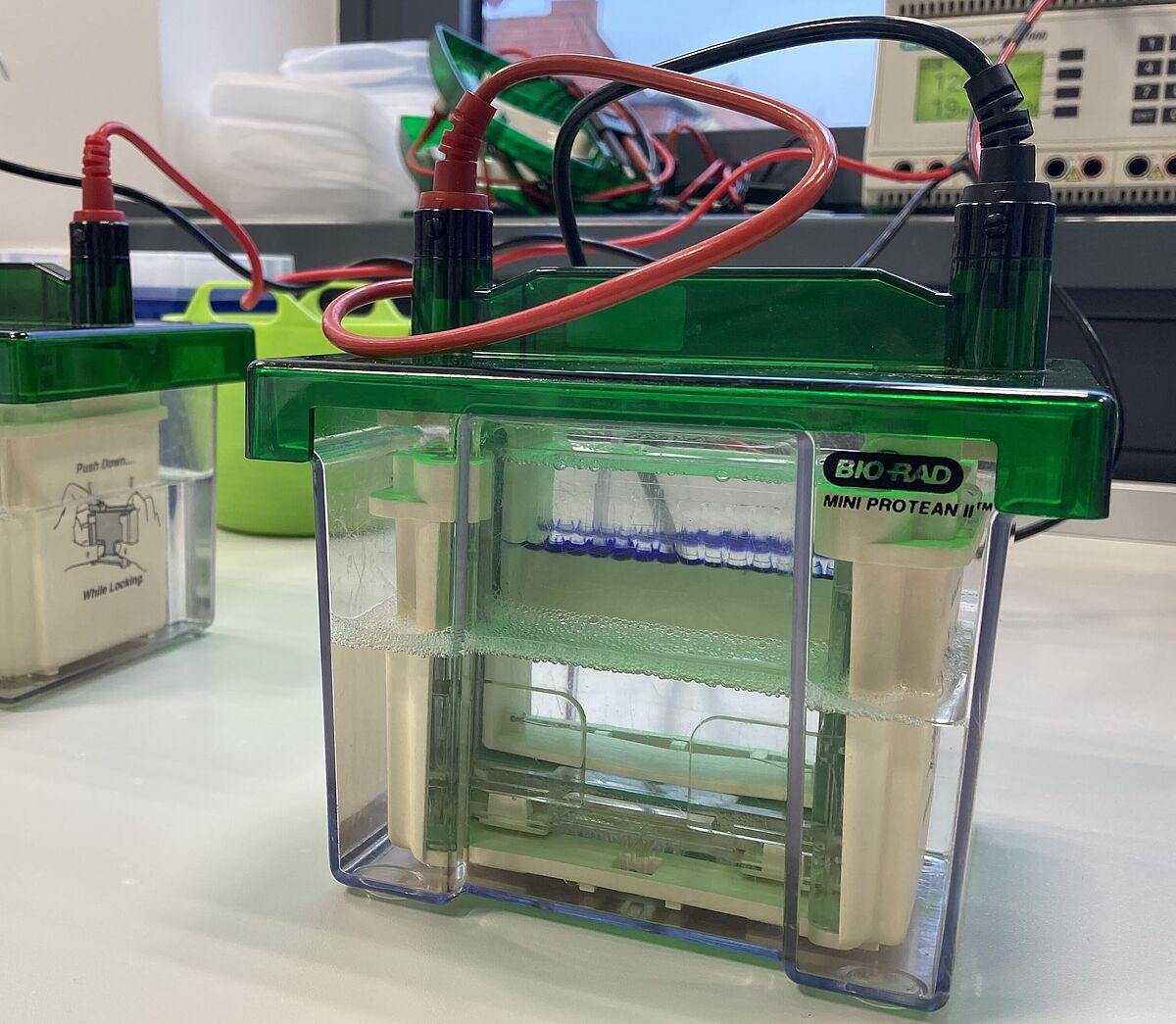
Butterflies like Pieris napi (Green-veined White) use diapause (a form of deep dormancy) to survive harsh winter conditions typical of the temperate zone.
Diapause in P. napi occurs in the pupal stage and consists of three different phases: induction, maintenance and termination. During these phases P. napi first develops the diapause phenotype (induction) and then shows complete developmental arrest (maintenance). By receiving correct environmental signals diapause is terminated and development, i.e. metamorphosis, can proceed. The molecular processes regulating these complex physiological reconstructions remain largely unknown. Therefore, we investigate different protein and signaling pathways like FoxO and the upstreamed PI3K/AKT-pathway. This transcription factor FoxO (forkhead transcription factor) regulates developmental and stress-related responses, including diapause, in other insect species and could be a key regulator acting as the major developmental switch in diapauses, also in P. napi. As a transcription factor, FoxO binds to DNA and activates gene expression.
In lab, we use 1D SDS-PAGE (polyacrylamide gel electrophoresis), different blotting methods (semi-dry, wet) and Western Blot analysis of soluble proteins extracted from brain and abdomen tissue of diapausing and non-diapausing pupae and detect different proteins via matching antibodies. Additionally, we investigate whether temperature manipulation has an impact on expression dynamic, because diapause termination is dependent of cold temperature.
Structure, function and constituents of the salivary gland cells of blood-feeding leeches
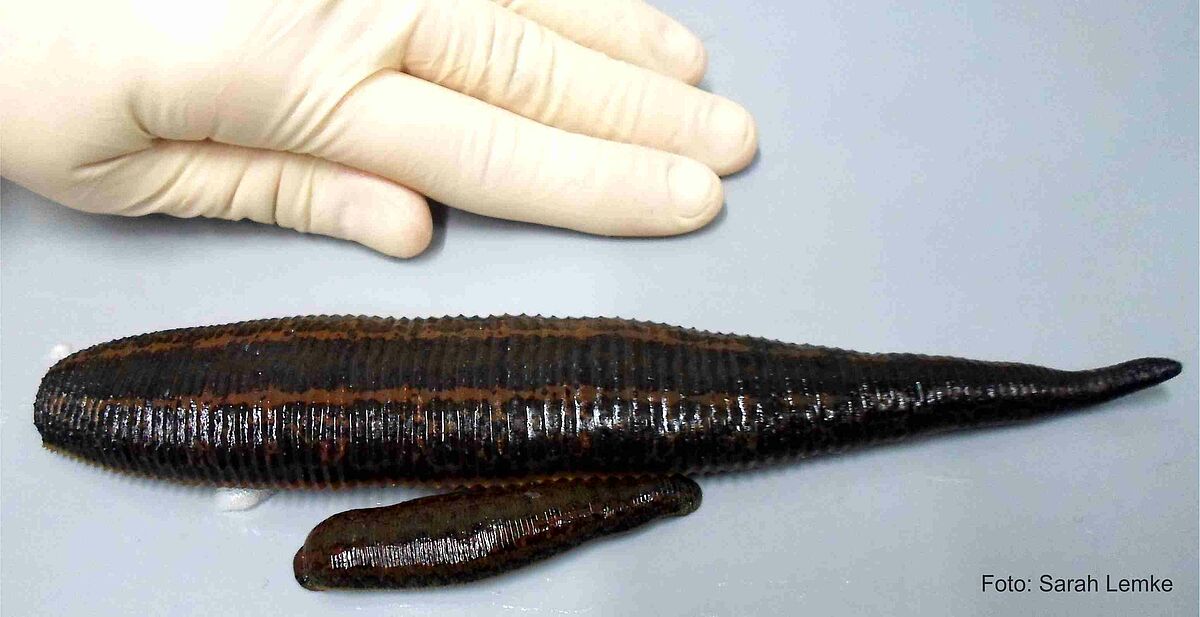
Bloodsucking animals (e.g. the medicinal leech, Hirudo verbana) release substances into the wound of the host with their saliva during feeding, which have analgesic, anticoagulant and anti-thrombotic effects. We are investigating how the salivary glands differentiate during leech development, how secretion and release of saliva works mechanistically, and what substances are contained in the salivary gland cells or in the saliva itself. This is also of interest because some salivary constituents are already used as therapeutic agents, but so far only about 10 of the presumably more than 100 constituents of leech saliva are known and functionally characterized.
Methodological approaches for these investigations are protein electrophoresis (1D and 2D), Western Blot, HPLC, (confocal) immunofluorescence microscopy, histology, electron microscopy, 3D reconstruction, enzyme assays etc.).
Osmotolerance in the freshwater and brackish water snail Theodoxus fluviatilis
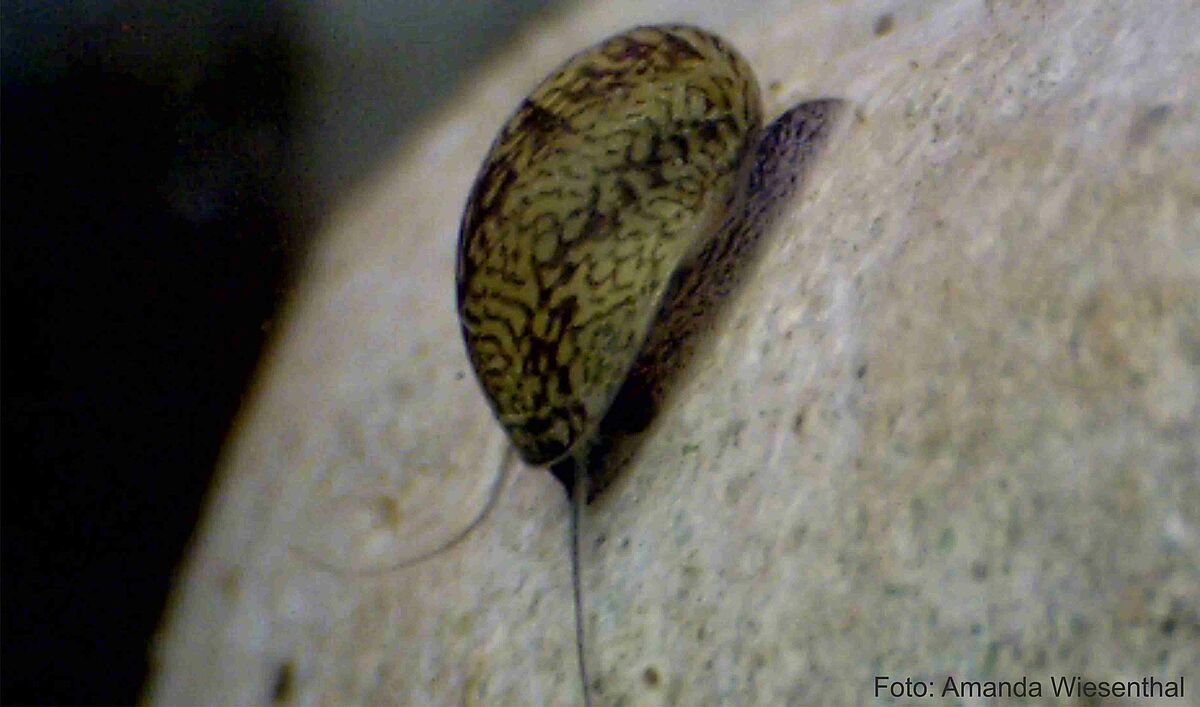
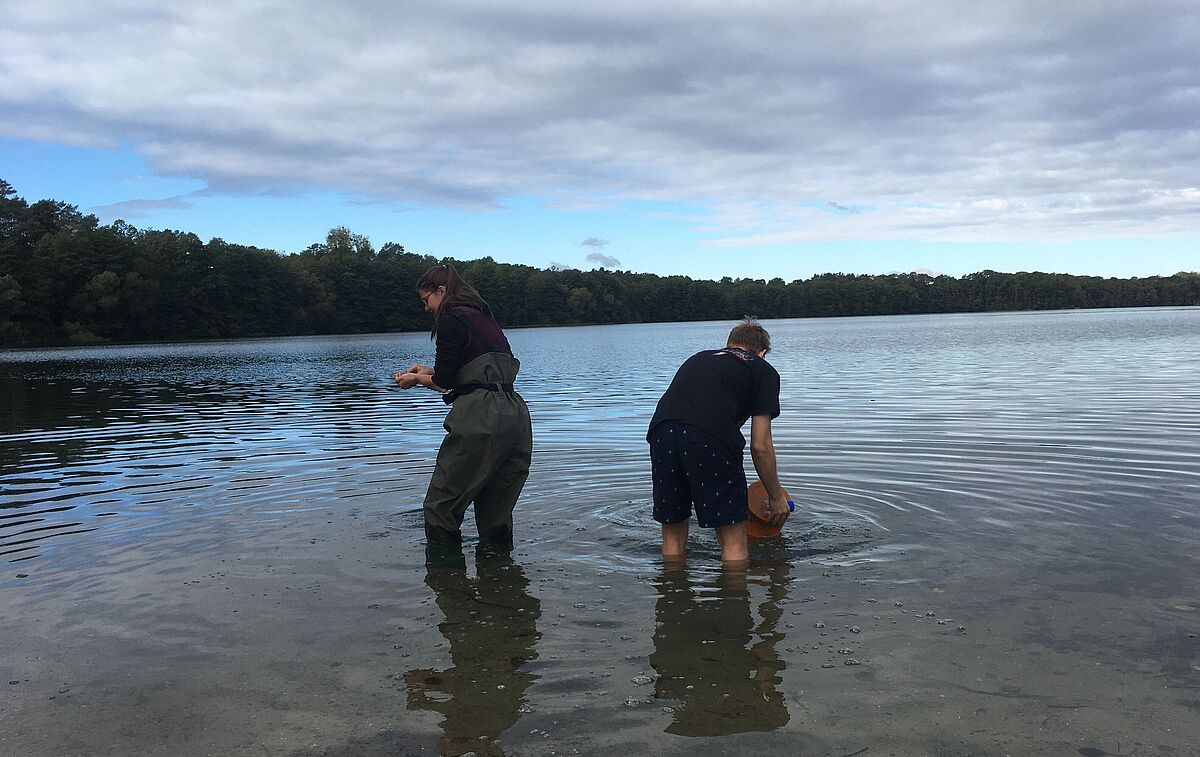
We investigate the salinity tolerance of individuals of limnic or brackish water lineages of the nerite Theodoxus fluviatilis and the underlying mechanisms. These snails use their ability of increasing or decreasing concentrations of free amino acids as compatible osmolytes to balance their cell volumes under hyperosmotic or hypoosmotic stress, respectively. Plastic responses like these may enable these snails to cope with moderate salinity changes in their habitats. However, depending on the origin of the snails (freshwater or brackish water habitats) there may also be genetic adaptations that limit individuals of these lineages in their survival of alien conditions.
